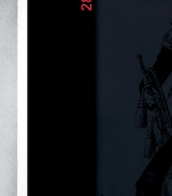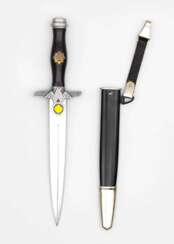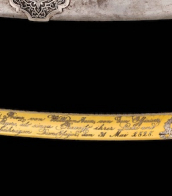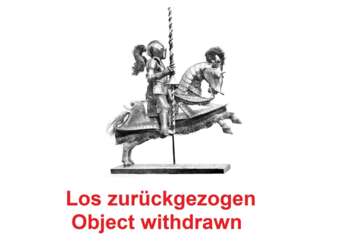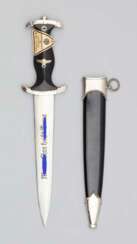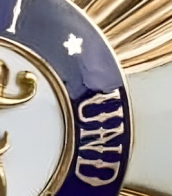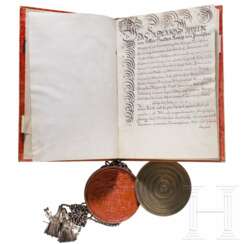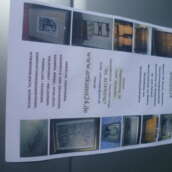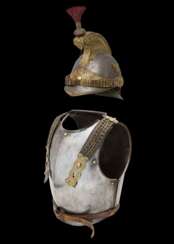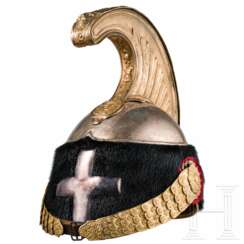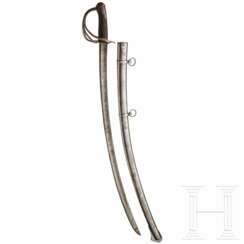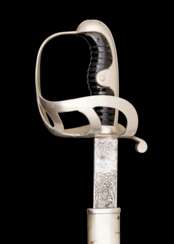182 Items by auctions and galleries:
müller/schwarza
Lot 3532 König Friedrich Wilhelm III. von Preußen (1770 - 1840) - Adelsbrief für den Premier-Lieutenant Ludwig Wilhelm Vollard (1793 - 1860) im 2. Leibhusarenregiment, datiert 1. März 1829
A106m: Orden und Militaria bis 1918 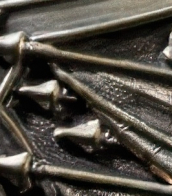

Hermann Historica
A106m: Orden und Militaria bis 1918
Date: 06.11.2025 10:00 UTC +01:00
Number of lots in the catalog: 914
Lot 3529 König Friedrich Wilhelm II. von Preußen (1744 - 1797) - Legitimations-Patent zum Führen des väterlichen Namens und Wappens für den unehelichen Sohn eines verstorbenen Fähnrichs, datiert 5.2.1790
A106m: Orden und Militaria bis 1918 

Hermann Historica
A106m: Orden und Militaria bis 1918
Date: 06.11.2025 10:00 UTC +01:00
Number of lots in the catalog: 914
Lot 39 A set of 6 "Frankfurt chairs" F 5. Vereinigte Werkstätten Munich, circa 1990, Entwurf Michael Landes, Norbert Berghof und Wolfgang Rang für Draenert, Immenstadt 1985/1986
A417: Kunsthandwerk und Antiquitäten 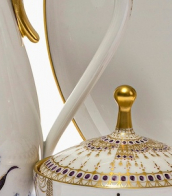

Kunstauktionshaus Neumeister
A417: Kunsthandwerk und Antiquitäten
Date: 02.07.2025 14:00 UTC +01:00
Number of lots in the catalog: 194











